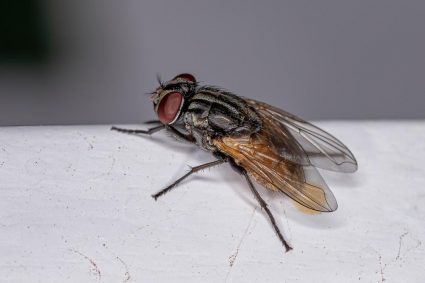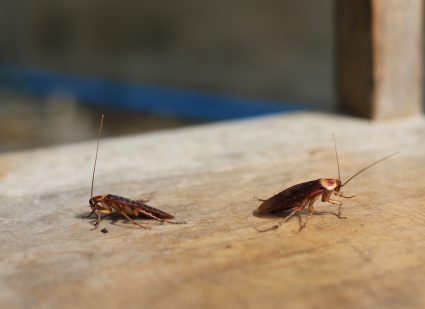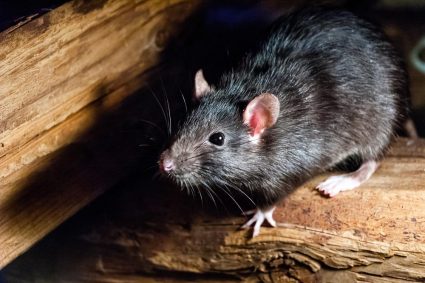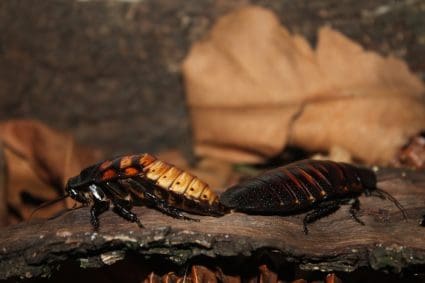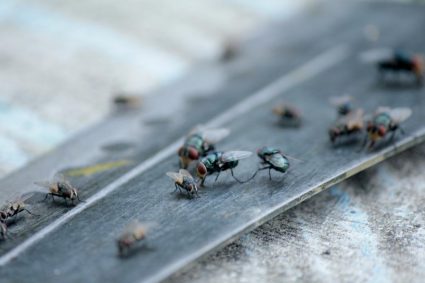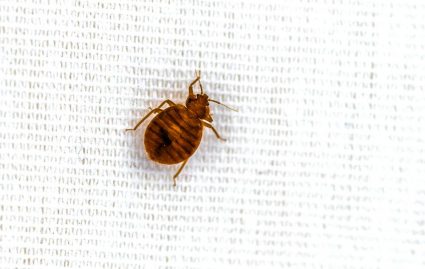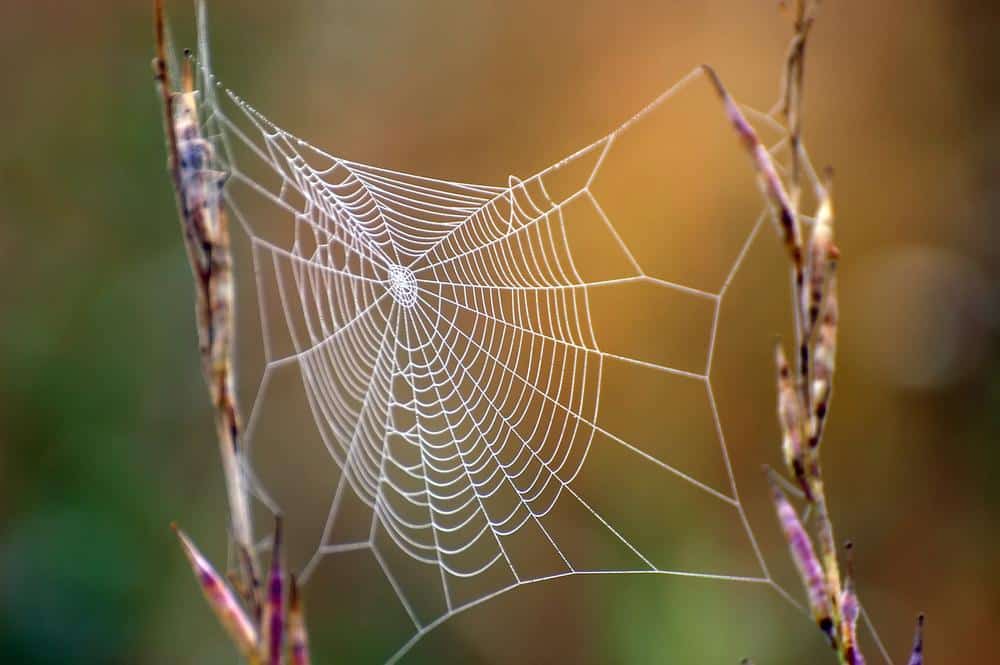
The Red House Spider, scientifically known as Nesticodes rufipes, is a common spider that can be found in homes across the globe. Though not aggressive, these spiders will bite when they feel threatened, and their bites can be painful. In this in-depth guide, we will explore what a Red House Spider bite looks like and the symptoms it can cause.
A Red House Spider bite typically looks like a small, red, raised bump on the skin, often accompanied by itching and swelling. The bite is painful but its venom is non-necrotic, meaning it doesn’t cause the death of skin cells and a lesion like a brown recluse bite would. Symptoms can include itching, pain around the bite area, swelling, and in some cases, muscle pain or cramping.
Identifying a Red House Spider Bite
A bite from a Red House Spider typically results in a small, red, raised bump on the skin. This is often accompanied by itching and swelling. The bite is painful, but its venom is non-necrotic, meaning it should not cause the death of skin cells and a lesion like a brown recluse bite would.
To differentiate a Red House Spider bite from other common spider bites, it’s crucial to understand the specific characteristics of a Red House Spider bite. Unlike bites from black widow spiders, which may cause painful muscle cramps and other systemic effects, or brown recluse spiders which can cause lesions, Red House Spider bites are painful but non-necrotic.
Common Symptoms
While most spider bites are harmless and cause only minor irritation, a Red House Spider bite can cause the following symptoms:
- Itching or rash
- Pain around the area of the bite
- Swelling and a raised, red bump at the bite area
- Muscle pain or cramping (in some cases)
What To Do If You Get Bitten
If you suspect you’ve been bitten by a Red House Spider, follow these steps:
- Clean the bite with soap and warm water.
- Apply a cold compress to the area to reduce swelling.
- Use over-the-counter pain relievers to manage any discomfort.
- Apply an antibiotic cream to prevent infection.
- If the symptoms persist or worsen, seek medical attention.
When To Seek Medical Attention
Although most spider bites are harmless, it’s crucial to seek medical attention if symptoms worsen or don’t improve after a few days. Signs that you should seek medical attention include severe pain, swelling or redness, the presence of pus, or systemic symptoms like fever or chills.
Prevention
To prevent Red House Spider bites, try to keep your home free of clutter and seal any cracks or crevices where spiders could enter. If you see a Red House Spider, try not to handle it directly. While these spiders are not typically aggressive, they can bite when they feel threatened.
In conclusion, while a Red House Spider bite can be painful, it’s generally not cause for concern. By knowing what to look for and how to respond, you can ensure that a spider bite doesn’t cause more harm than necessary.
Frequently Asked Questions
What is the size of a Red House Spider?
The Red House Spider is relatively small, with females typically measuring between 5 to 9 millimeters and males being slightly smaller.
Where are Red House Spiders typically found?
Red House Spiders are cosmopolitan in distribution. They can be found in homes across the globe, often in places like corners of walls, window frames, and furniture.
Are Red House Spiders aggressive?
No, Red House Spiders are not typically aggressive. They prefer to avoid human interaction and will only bite if they feel threatened or cornered.
How long do the symptoms of a Red House Spider bite last?
The symptoms of a Red House Spider bite typically subside within a few days with proper care. If symptoms persist longer than this, it’s recommended to seek medical attention.
Can Red House Spiders cause any serious harm to humans?
Red House Spider bites can be painful and uncomfortable, but they do not pose a serious threat to humans. Their venom is non-necrotic, which means it does not cause the death of skin cells. However, if symptoms worsen or persist, medical attention should be sought.

